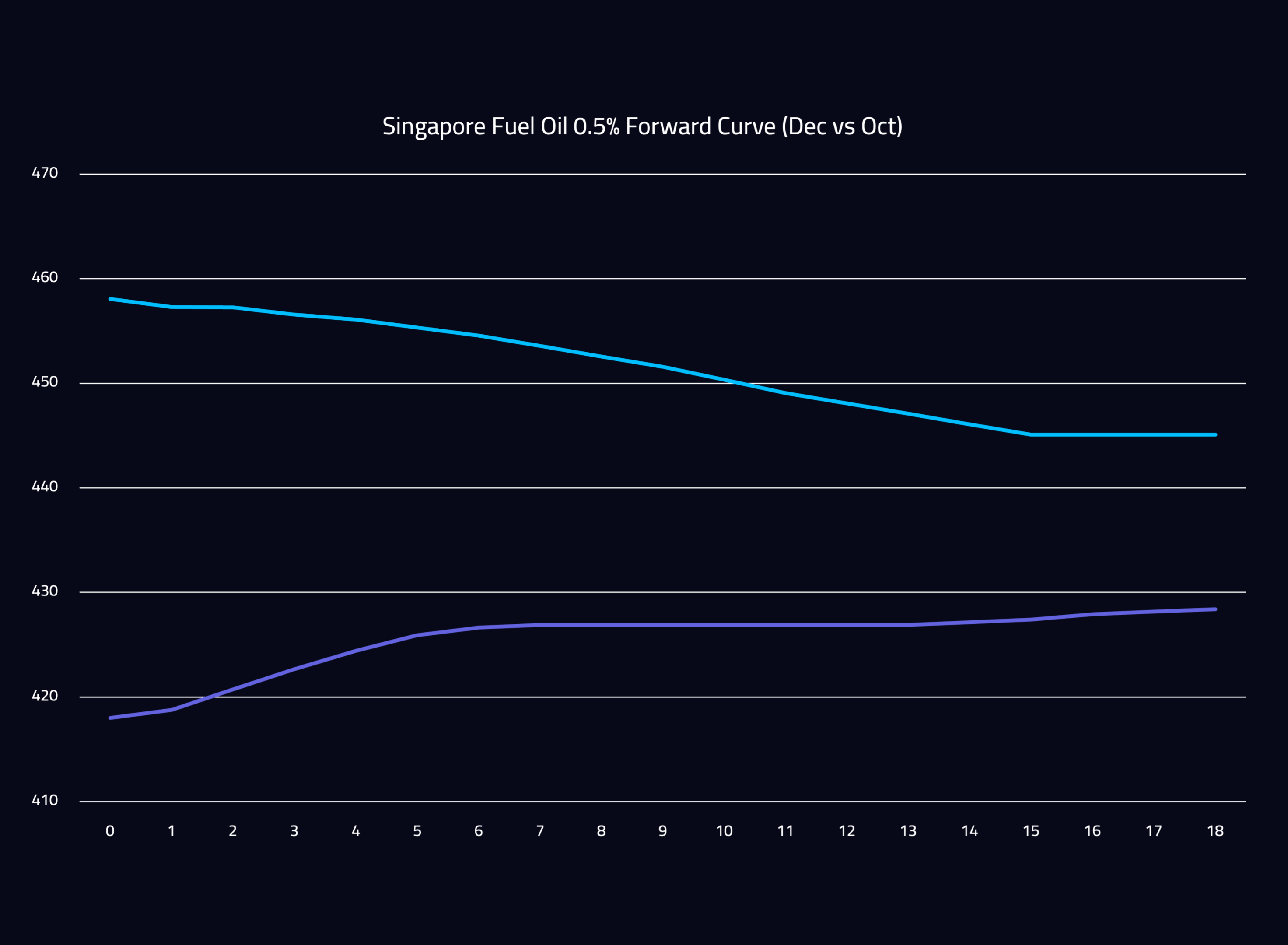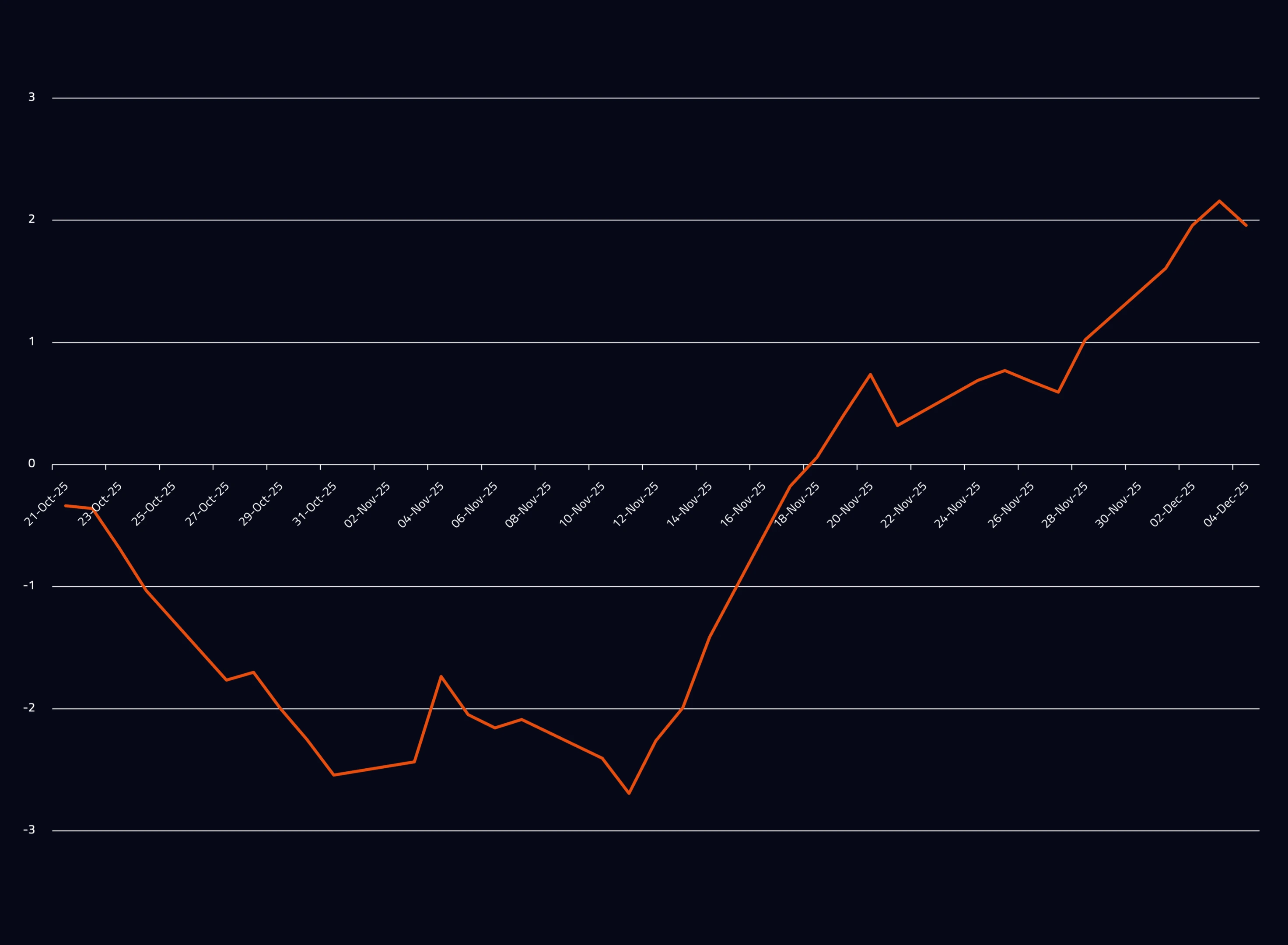Murban has transformed from a regional light sour crude into a key pillar of the Dubai benchmark and the wider global crude complex. Reza Amanat explores its shifting quality premiums, changing Chinese demand, ADNOC’s export strategies, and growing competition from U.S. WTI exports.
A decade after Murban was introduced into the Dubai basket, Abu Dhabi’s flagship light sour crude is set for important changes to the rules that define its delivery into the east of Suez’s key medium crude oil benchmark.
Recently, the methodology that had hitherto assumed Murban would always be the most expensive grade in the Dubai basket, was revised in the face of structural changes in market fundamentals that rendered the grade’s quality less consequential to its market value. In other words, Murban can no longer be defined by the set of supply and demand rules which had dictated its value when it was first introduced into the Dubai basket.
The introduction of Murban into the Dubai basket in January 2016, was preceded by reoccurring buying sprees of medium sour crude through the Dubai partials mechanisms, triggering price rallies amid fears that the physical crude underpinning Dubai, would run out before demand was met.
The most dramatic of these episodes occurred in October 2014 and April 2015, when by GX estimates, the trading arm of PetroChina soaked up 68% and 80% of the physical crude which underpinned the Dubai benchmark at the time.
The fall-out from these episodes, especially the dramatic buying spree of April 2015, resulted in the pursuit for additional freely traded crude which could be added into the Dubai basket, to deepen the pool of physical crude underlying it. But the limited availability of medium sour grades from the region that matched Dubai crude’s quality and could be freely traded complicated the task.
So, when in January 2016, S&P Global – who supervise the Dubai benchmark – decided to add light sour Murban crude alongside medium sour Al-Shaheen into the Dubai basket, a few eyebrows were raised. Murban was 7-10° API lighter and around 0.5-1.5% less sulphurous than the rest of the grades in the basket, including the newly introduced Al-Shaheen. In the end the decision proved to be faithful, and one which has brought some unexpected challenges for the Dubai benchmark. But at the time Murban ticked a few important boxes for inclusion as a basket grade.
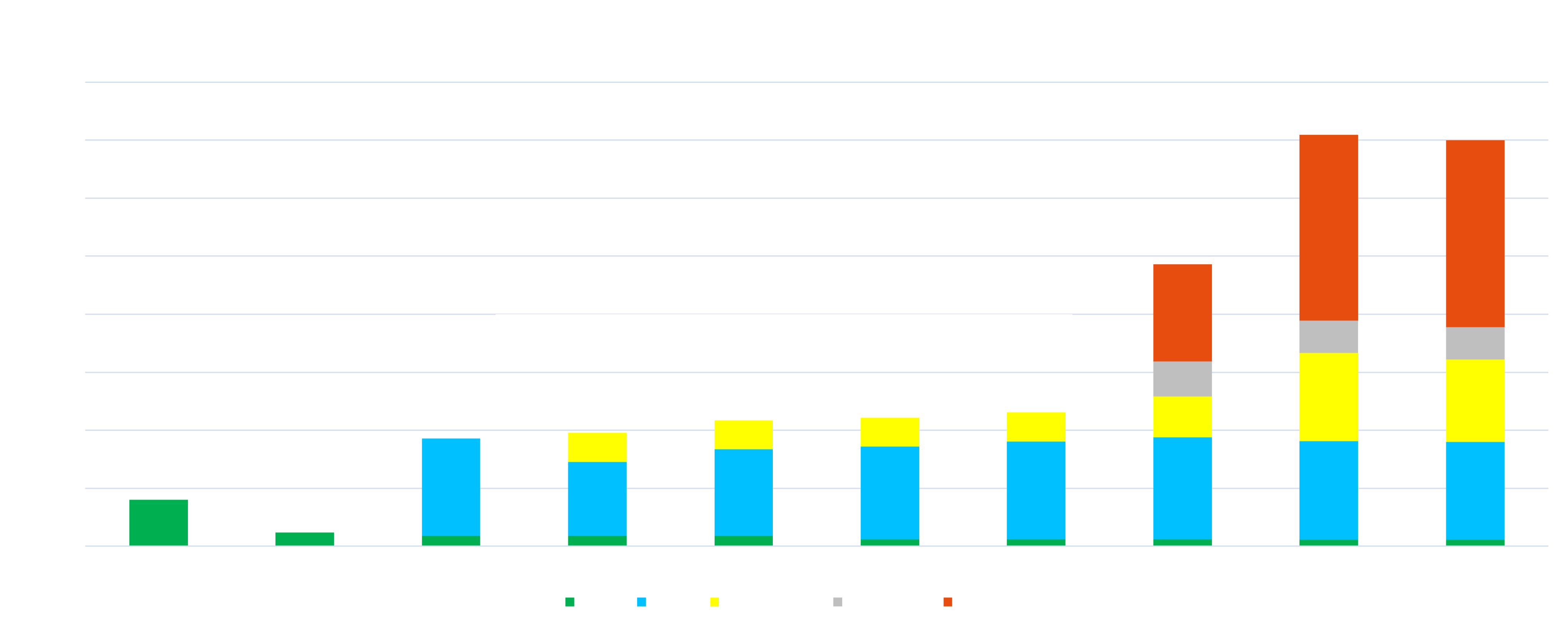
Murban’s first key advantage was that it was a large crude stream, with its total exports almost equal to the existing physical volumes which underpinned the Dubai benchmark of around 1.1mn b/d at the time. It was also produced through a concession agreement which meant that 40% of the production could be traded freely, with no destination restriction. The other 60% of the concession which was controlled by Abu Dhabi, was also flowing to east of Suez markets, where Dubai was being used for pricing. Additionally, Murban’s better quality which had made it stand out among its peers, was seen as a safeguard against market squeezes as buyers would have to pay an extra premium to receive Murban.
To formalise the premium that a buyer would have pay a seller for a Murban cargo, S&P Global, introduced the Murban “Quality Premium”, which stated that if 50% of the spread between light sour Murban and medium sour Oman, in the preceding 30 pricing days was more than 50c/bl, that a quality premium would be applied. But if the spread didn’t reach the US$50c threshold, there would be no quality premium applied. Over the last 10 years the period that the quality premium would be calculated from has been revised down to 15 and soon to be 5 days, as the original 30-day period was deemed inadequate for accurately calculating a quality premium.
But over the same period, even more dramatic shifts had started to take place in the global crude markets that would impact the value of Murban and its quality relationship within the Dubai basket.
Shifting sands: the US & China
The lifting of the ban on US crude exports a month before Murban was introduced into the Dubai basket, opened the way for the flow of WTI crude, which had up until then, been locked up within US domestic market. The quality of WTI from the Permian basin in Texas, meant that it was more of a direct competitor for Murban than the rest of the medium’s sour grades in the Dubai basket.
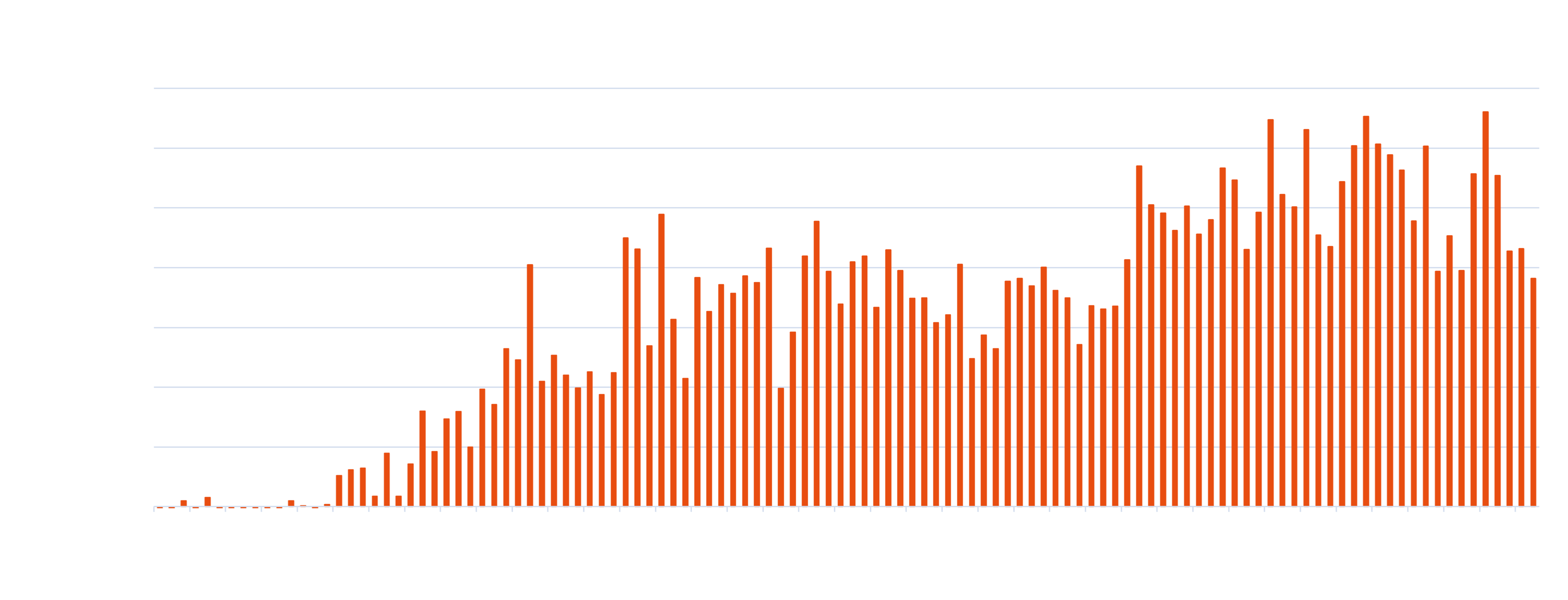
The same 10-year period has seen noticeable headwinds for light ends demand in the east of Suez markets, especially in China. The rapid expansion of domestic refining capacity in China, had reduced the country’s gasoline imports to almost zero, while the electrification of its private car fleet has capped demand for light end products such as naphtha. The growth in naphtha demand had also been impacted by newer petrochemical units being designed to run on cheaper alternative feedstocks such as propane and ethane.

The ADNOC factor

Abu Dhabi’s state-owned ADNOC’s completion of the Crude Flexibility Project (CFP) at the 922,000 b/d Ruwais refinery by early 2024, has given the firm the ability to swing between light sour Murban and medium sour Upper Zakum to meet feedstock requirements at its Ruwais refinery. This ability to increase or curtail the flows of Murban is now an additional element that can impact that value of Murban and its likelihood for delivery into the Dubai basket. But this can have important consequences for other Middle East producers, such as Saudi Arabia and Iraq, who have sizeable amounts of medium sour crude exports, and use Dubai to set half of the underlying price for their exports. So ADNOC, has to strike a delicate balance between its interest and the impact it can have on the pricing of its fellow Middle East producers through the Dubai basket.
The issue is further complicated by the fact that since February 2021, Murban itself has become a key crude benchmark with the launch of the ICE IFAD Murban futures contract. Not only has the liquidity behind the contract been rapidly building, but the contract is increasingly integrated with other key crude benchmarks such as Brent, Dubai and WTI, through growing liquidity of swaps spreads between these benchmarks, making it an important risk management tool, especially for Asian refiners managing physical positions for WTI and Brent related crude grades.
The competition for Murban by WTI crude, the shift in light ends demand in Asia and ADNOC’s ability to release more Murban into the market has meant that the light sour grade has struggled to maintain its premium over the other grades in the Dubai basket, especially as the value of its peer basket grades had been supported by restriction to medium sour supplies amid OPEC+ supply curbs. As a result, there have been frequent episodes when Murban is delivered into the Dubai basket, due to it being the cheapest crude grade in the Dubai basket. In other words, the grade that was introduced to cap the Dubai basket, is more frequently setting the floor. During these episodes many rightfully wonder if Dubai is reflecting the value of medium sour crude or that of Murban, whose fundamentals are often driven by factors unrelated to the medium sour market.
The latest change to the rules that define the delivery of Murban into the Dubai basket will be revised in January 2026, with the vaunted “Quality Premium” making way for the “Quality Adjustment”. The new methodology has had to come to terms with the fact that the Murban quality premium is no longer a given and have therefore allowed for a Murban quality discount to emerge. The new rules still stipulate that if 50% of the spread between light sour Murban and Medium sour Oman are more than 50c/bl, a quality premium will be applied, and the buyer would have to pay the seller a quality premium. But it also states that if at any time Murban prices fall below Oman, the seller will have to compensate the buyer with a 100% of the discount.
.png)
The change was in large part required as Murban buyers were faced with frequent episodes when Murban cargoes were trading at a discount to Dubai, while being forced to take delivery in theDubai window at Dubai flat, due to inadequate flexibility in the ‘Quality Premium’ rules. The latest change should address this problem.
The latest iteration of the Murban Quality Adjustment is one that was brought about by shifting fundamentals that were hard to foresee when Murban was first introduced into the Dubai basket. The upending of established quality values, like the one Murban has faced, are rare occurrences driven by structure shifts that are difficult to reverse. While, the latest changes, can address the disparity between the value of Murban cargoes outside and inside of the Dubai window, Murban’s value will continue to be determined by fundamental factors outside the purview of the Dubai window methodology, leaving the way open for question on whether the benchmark remains a suitable marker for medium sour crude. Removing Murban from the basket completely would remove its influence on the basket, but it would also leave a large gap in physical liquidity that could leave the benchmark vulnerable to future squeezes.
.png)
.avif)
